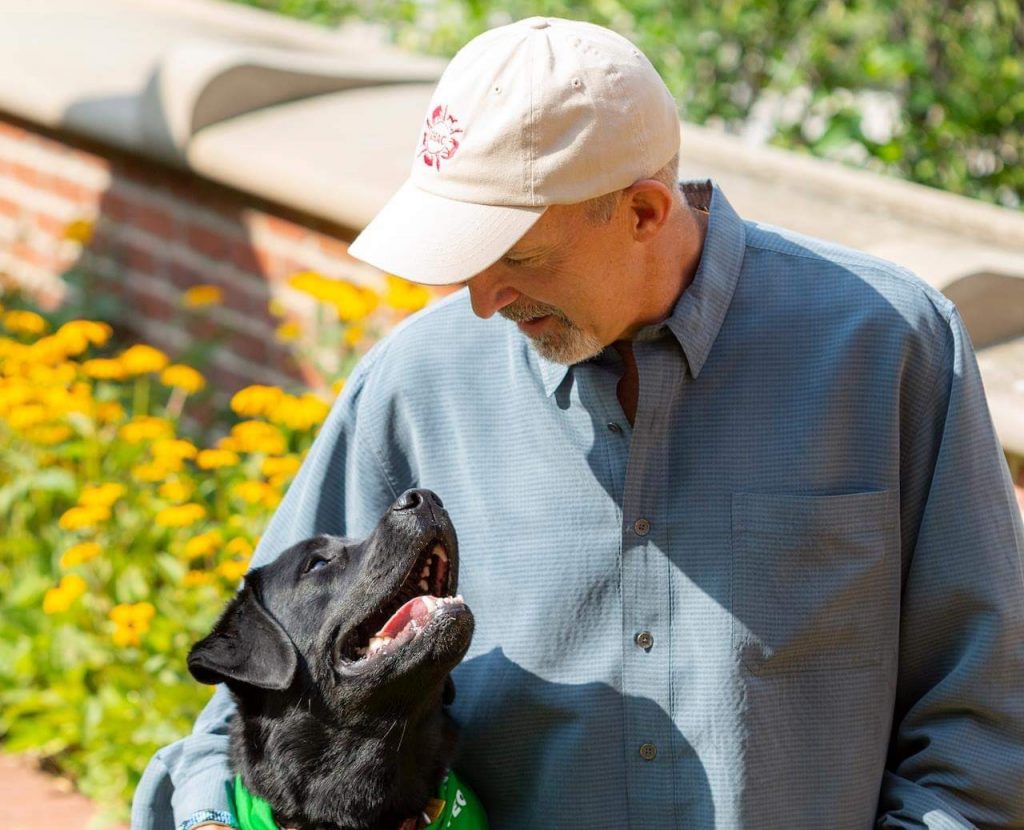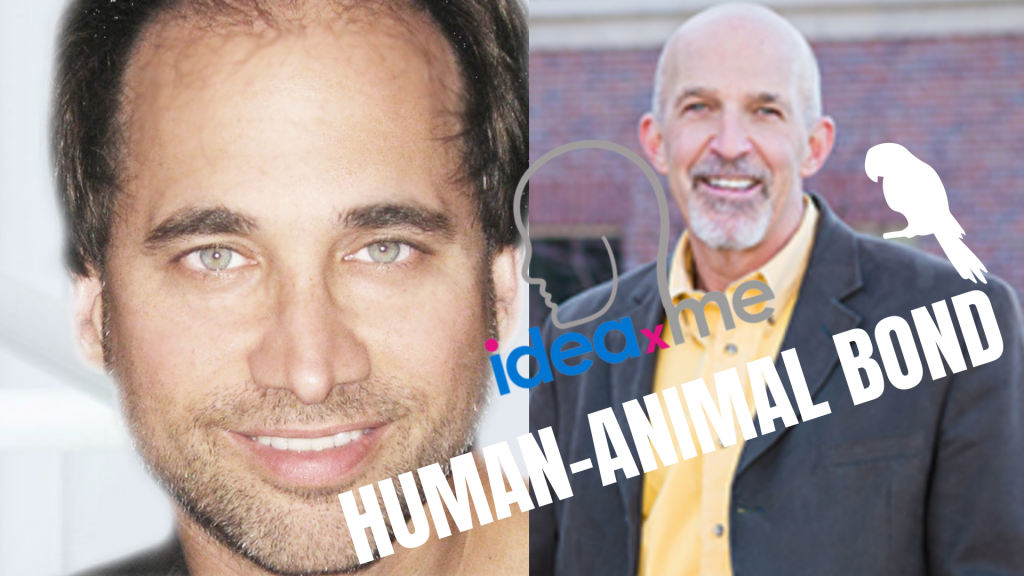Ira Pastor, ideaXme longevity and aging ambassador and founder of Bioquark interviews Philip Tedeschi, executive director of the Institute for Human-Animal Connection at the University of Denver’s Graduate School of Social Work. They explore the human-animal connection that not only enhances human health but the existence of all living things on this planet.

Human-animal connection
Listen to this interview here to learn of Tedeschi’s opinion that humans should re-evaluate their relationship, bond with animals and recognise their true value.
Tedeschi: “Animals provide some of our most reliable, uncomplicated and valued relationships. Understanding the contributions animals make to our health and well-being is a vital part of educating tomorrow’s social workers” and future generations!

Ira Pastor comments:
On the last several shows, we have spent time on the different hierarchical levels of the health, disease, and aging process. And as we’ve discussed, biological aging is an extremely complex process that is controlled by a series of nested hierarchies that expand from the very small genes, proteins, gene regulatory networks, up through more complex physiological regulatory networks. This, of course, extends beyond the body into the organism’s complex external micro-environment.
The human-animal bond investigated
Today, we are going to spend a bit of time in that external micro-environment, in an area some have broadly referred to as the “holobiome” – an area in nature where complex physical interplay exists between individuals of different species.

On previous shows we have mentioned terms such as inter-kingdom signalling, semio-chemical communication, induced phenotypic plasticity, the complex ways to talk about one thing: how living organisms of one species can signal and affect the health and wellness in a positive way of another species. And on these previous shows when we’ve spent time in the holobiome, we’ve primarily focused on the relationship that humans have with micro-organisms, and hematophagous insects. Today, we are going to increase the level of complexity and talk about the health benefits of human-animal interactions.
Human interaction with animals
Over the past years, scientists have been looking at what potential physical and mental health benefits exist for humans via interaction “bonding” with different animals, from fish to guinea pigs to dogs and cats.
Animal therapy
From a therapeutic perspective, some studies have demonstrated that interacting with animals has been shown to decrease levels of cortisol, a stress-related hormone and lower blood pressure. Other studies have found that animals can reduce loneliness, increase feelings of social support, and boost your mood. Both represent important biological and psychobiological possibilities.
Mutual benefits of an intricate relationship
On the diagnostic side, animals like dogs can sense human produced substances called volatile organic compounds (VOCs) and potentially sniff out cancers and diabetes. I interview Philip Tedeschi to explore these themes. Tedeschi is Clinical Professor and Executive Director of the Institute for Human-Animal Connection (IHAC), at University of Denver’s Graduate School of Social Work.
Animal assisted interventions for human health
He studies and teaches on the intricate relationship between people, domestic and wild animals, that is, “the human-animal bond”, and the natural world. He is globally recognized for expertise in the clinical methods of animal-assisted interventions and coordinates both the school’s animal-assisted social work program and the animals and human health global professional development program.
Rationale for humane communities
He is also co-author with Molly Anne Jenkins, of Transforming Trauma: Resilience and Healing Through Our Connections With Animals (New Directions in the Human-Animal Bond). Here, Philip talks of: his background, how he got interested in social work, and how he got interested in this exciting area of clinical exploration. His concept of Humane Communities and work at IHAC in the areas of physical health, mental health and social work.

Credits: Ira Pastor interview video, text, and audio.
Follow Ira Pastor on Twitter: @IraSamuelPastor
If you enjoyed this interview, you’ll love The War On Cancer #2.
Follow ideaXme on Twitter: @ideaxm
On Instagram: @ideaxme
On YouTube: ideaxme
Find ideaXme across the internet including on iTunes, SoundCloud, Radio Public, TuneIn Radio, I Heart Radio, Google Podcasts, Spotify and more.
ideaXme is a global podcast, creator series and mentor programme. Our mission: Move the human story forward!™ ideaXme Ltd.

Pingback: Dr. Kelly Drew Hibernation - ideaXme
Pingback: Walking On The Wild Side: Forest Therapy For Physical and Mental Health
Pingback: Evolutionary Medicine with Dr. Frank Rühli - ideaXme
Pingback: Longevity Research for the Dogs and Humans - ideaXme
Pingback: Dr. Angela Hughes: The Human-Animal Bond - ideaXme